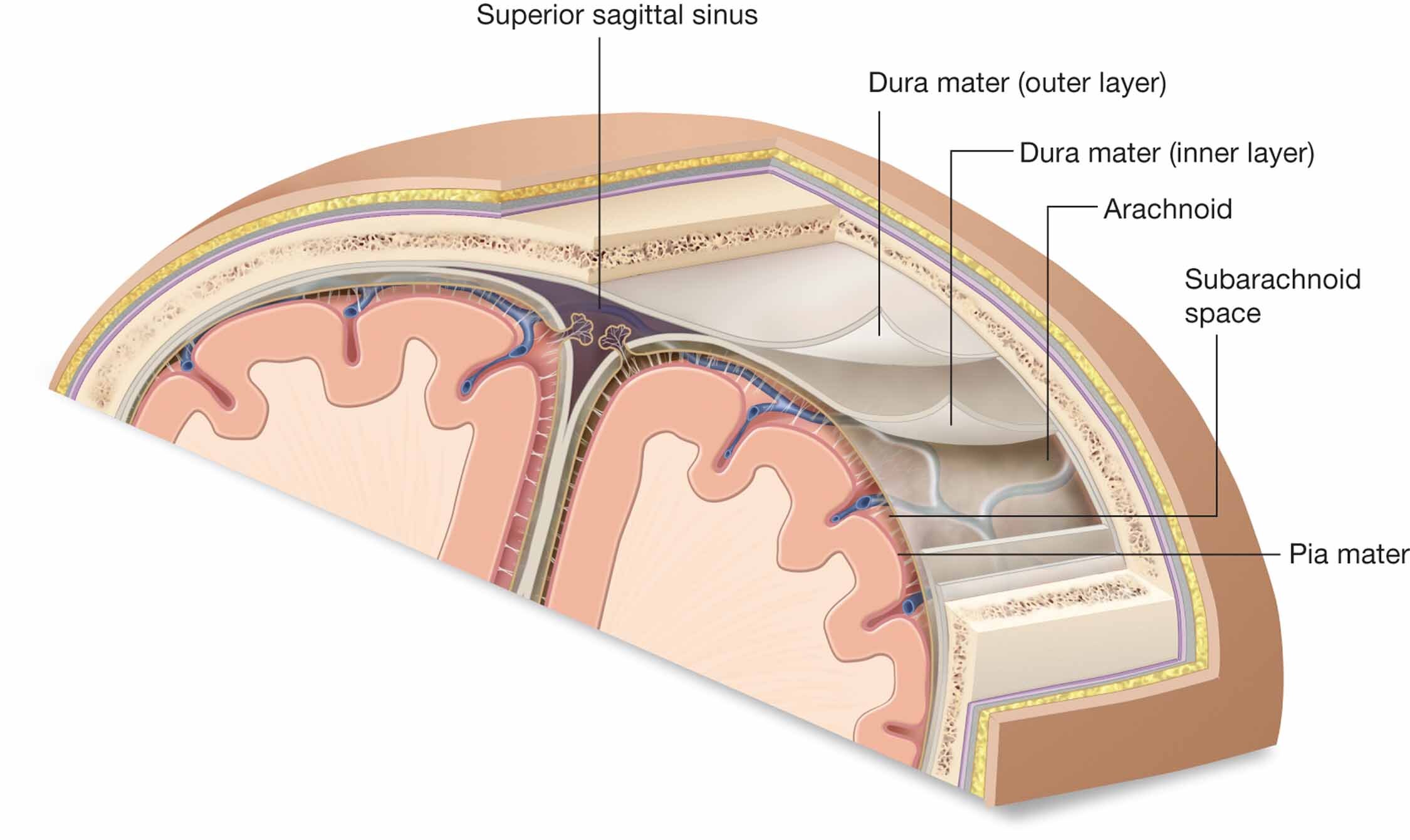Wake Up The Brain
If you follow us on Instagram or Facebook you’ll notice I, Dr. Jake, post on our Facebook and Instagram story almost every morning 3 movements in 6 directions that I recommend doing to improve your health. I call this morning series “Wake Up The Brain” and in this post I want to share with your the importance of normal movement of the head and neck and why you could benefit from doing these 3 easy movements every morning.
THE BRAIN
The brain is the most important part of the body. While weighing only 2-5 pounds the brain uses 20% of our energy. For a 170 pound person that means 1.7% of the body uses 1/5 of our energy.
The brain is also the most complex organ of the body. It controls:
Movement
Behavior
Immune Function
Intelligence
and so so much more..
The brain being the most important organ of the body also has the most complex defense and maintenance system to keep it clean, protected, and nourished.
Defense System of the Brain
The brain is surrounded by our skull and while the brain is the only organ that is entirely enclosed by bone what sits between the brain and the skull is what matters most.
The picture on the left shows the top part of the brain and the skull. At the top you will see a piece of tissue that looks like a folded up piece of paper. This is called the dura mater. Dura Mater is Latin for “Tough Mother”. Dura Mater is a thick membrane that surrounds the brain and spinal cord. it is the outermost layer of the three layers that act as a protective barrier around the brain and spinal cord. The other two layers are the pia mater and the arachnoid mater.
While at first glance the Dura Mater looks like its only function is a protective sheet around the brain and spinal cord it serves other purposes as well. The Dura Mater is attached to the muscles of the upper neck called the sub-occipital triangle. These muscles are involved in normal motion of the neck. More on that later.
The Pia Mater, while surrounding the brain and spinal cord, has important connections to bones that make up the spine. The Pia Mater extends away from the spinal cord into small triangles called denticulate ligaments. These ligaments help to stabilize the spinal cord against normal motion of the spine. These denticulate ligaments attach from the base of the skull (the foramen magnum) directly to the spinal cord.
What does all this talk of protective layers and muscles of the upper neck have to do with brain health and 3 movements that you can do to hopefully improve the health of your brain?
While the brain has these protective layers on the outside of the brain, the brain and spinal cord also has a liquid that it sits in called cerebrospinal fluid. Cerebrospinal fluid(CSF) is also protective as it allows us to make quick movements of our head, neck and the rest of the body without any direct negative affects. This fluid also washes away waste that builds up around the brain and provides oxygen and nutrition to the brain.
This leads us to Wake Up The Brain.
Wake Up The Brain
Cerebrospinal Fluid supplies oxygen and nutrition to the brain while also protecting the brain and washing away waste. This fluid is made in the brain and must be pumped around the entire brain and the spinal cord.
Dura Mater and Pia Mater are connected to the skull and muscles of the upper neck, because of these connections when we move our head and neck it helps pump cerebrospinal fluid around our brain and spinal cord.
This results in 2 things; first it washes away waste that can build up and cause neurological issues and secondly the cerebrospinal fluid helps provide oxygen and nutrition to the brain to keep it healthy.
Doing three easy movements can help to maintain normal movement of the neck as well as help to keep the brain and spinal cord healthy.
The first movement is looking over your shoulder to the right and then to the left.
The second movement is looking up and bringing your neck back as far as you can and then looking down and brining your chin as close to your chest as you can without pain or discomfort.
The third movement is bringing your right ear to your right shoulder followed by brining your left ear to your left shoulder.
Click the video below to see a more in-depth explanation on how to do theses movements.
I hope you enjoyed this post, start incorporating these movements into your day and that you continue to follow along
-Dr. Jake


